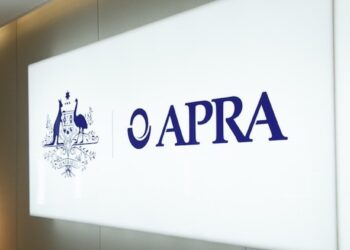Over 90 per cent of Australians believe default superannuation funds should return all profits to members, according to the Australian Institute of Superannuation Trustees (AIST).
A poll by Essential Media Poll conducted for AIST found that 71 per cent of the 1,014 respondents believed an employer should not be able to select a default fund that was associated with their bank as this may not necessarily be in the workers’ best interests.
AIST chief executive, Eva Scheerlinck said this showed that the public wanted a default super system that valued members, not shareholders.
“First and foremost, our default super fund system must ensure that members’ interests are protected,” she said.
“This includes ensuring that members’ interests come ahead of any employer incentives offered by banks and other companies such as access to overdrafts or loans at cheaper rates.”
The poll also found that while more than half of respondents understood the idea of a default fund, the majority were unaware that the default fund was agreed by employers and workers when setting wage and conditions under an enterprise/certified agreement.
Scheerlinck noted that a key element of the default fund selection debate would be educating super fund members about the important consumer protections of the existing default super system.
“Changes to how default super funds are selected have the power to impact millions of super fund members – particularly women who are less likely to choose their fund,” she said.
“We need to make sure that our default fund selection process is going to work for members, not just make money for shareholders somewhere.”




